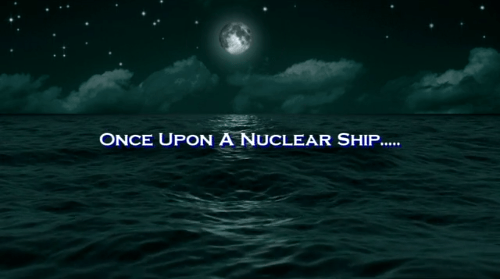McMurdo Station – the New York of the Deep Freeze South
(Note: If you are impatient and do not want to watch cute photos of penguins, skip to 19:06 to learn more about the reasons why the PM-3A, a 1,500 kilowatt nuclear electricity generator and process heat supply system, was such a valuable contributor to sustained Antarctic research.) Nearly all of the images that are used…

